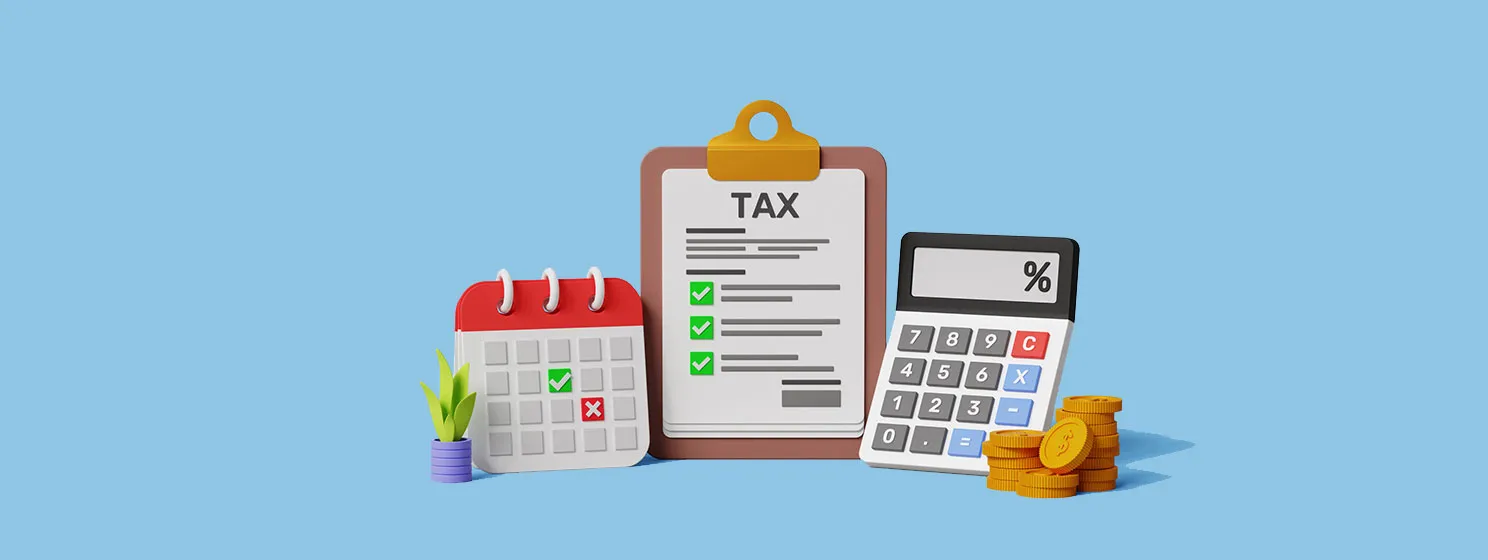|
Getting your Trinity Audio player ready...
|
Belarus is the latest country to join the central bank digital currency (CBDC) race, but rather than gunning for the top place, the government says it will be cautiously advancing to learn from the mistakes of the pioneers.
Chairman of the Board of the National Bank Pavel Kallaur told reporters after a meeting of the Council of the Republic and the House of Representatives that the banking regulator is closely following events in the ecosystem. Kallaur described CBDCs as akin to non-cash money but having the functionalities of cash and being usable in online and offline scenarios.
Given the rising interests surrounding CBDCs, Kallaur disclosed that the National Bank had given the green light for initial experiments to begin. Following the move, the central bank confirmed that it had started the process for the development of a demo version to support early probing into the viability of CBDCs.
“By the end of the year, we must, after discussions and consultations, decide on the feasibility of implementing digital ruble in our country,” said Kallaur. “The decision will be made at the level of the head of state.”
Kallaur remarked that since CBDCs can change the country’s monetary landscape, Belarus will prepare for their launch by making changes to tax, banking, and budget legislation. The central bank will cover all bases by carrying out multiple pilots involving commercial banks and individuals while focusing on its use in cross-border payments.
“In principle, these technologies will be of the greatest interest to us in cross-border payments,” Kallaur said. “If other countries introduce a digital currency, then we must be ready to connect our systems so that our citizens and legal entities receive high-level services.”
Kallaur told reporters that the central bank is keeping an eye on Russia’s development of a CBDC, saying that their decisions will have a massive effect on Belarus. Russia’s plans for a digital ruble have been frenetic, fueled by the need to circumvent Western sanctions with plans to launch before the end of 2023.
A clutch of countries playing it safe
Despite over 100 central banks throwing their hats in the ring for CBDC development, a handful of nations have disclosed that they will opt for a slow-and-steady approach.
India is one of the countries playing it safe with CBDCs, opting to remain wary of the risks following a botched digital rupee launch. Reserve Bank of India Governor Shaktikanta Das noted that the central bank would not be swayed by the initial wins of the CBDC pilot after successfully onboarding 5,000 merchants and 50,000 individuals.
Israel’s central bank stated that it would be watching the CBDC developments of global powers like the European Union and the United States while paying attention to the rise of stablecoins and the decline in cash transactions.
To learn more about central bank digital currencies and some of the design decisions that need to be considered when creating and launching it, read nChain’s CBDC playbook.
Watch: Central Bank Digital Currencies and Blockchain: The view from the Swiss National Bank

 07-14-2025
07-14-2025 





